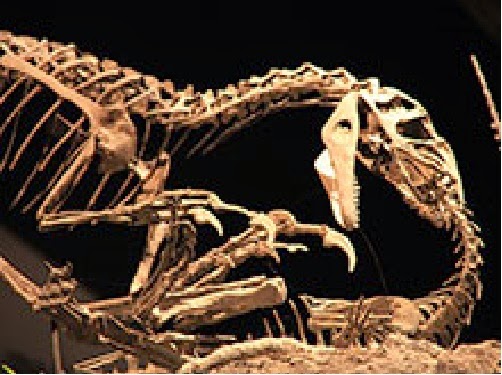
Scientists have found a way to extend the length of time they can use protein molecules to identify tissues like bone and teeth.
Every animal has thousands of proteins in its bones containing information on its species. These proteins make up an almost unique fingerprint that survives long after the animal’s DNA has decomposed.
Scientists can take advantage of this long survival time and use the proteins to try to identify fossils and other ancient tissues like hair and skin. But over time these proteins also begin to break down, which makes it hard to extract the genetic information they hold.
Last year Dr Mike Buckley of the University of Manchester showed that collagen, which contains almost 90 per cent of the proteins in bone, could be used to identify extremely old fossils when his collagen-fingerprinting technique identified a 1.5 million-year-old camel fossil from the high Arctic.
But proteins that aren’t found in collagen have only ever been used to test the genetic information of fossils up to 50,000 years old.
Now Buckley and his PhD student Caroline Wadsworth have managed to use these non-collagenous proteins to test fossils over one million years old.
They found that thousands of non-collagenous proteins – with the potential to be even more informative than collagen – also survive the burial process, and hope to use these in the future to test many older fossils.
Note : The above story is based on materials provided by Harriet Jarlett for © Natural Environment Research Council










